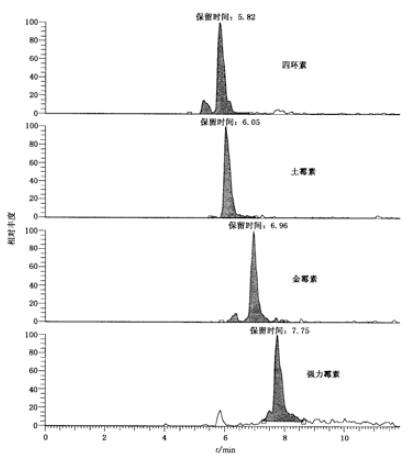Food safety analysis workflow
Thermo Scientific Life Science MS not only has a long tradition of technology, but also continues to innovate. Quadrupole mass analysis of true conjugate hyperboloids that fits the perfect theoretical electric field of a textbook is used on all TSQ® triple quadrupole mass spectrometers. Since launching the world's first triple quadrupole MS/MS (TSQ®) mass spectrometer in 1980, TSQ® triple quadrupole mass spectrometer has been widely used in environmental protection, agriculture, quarantine, food safety, etc. Analytical testing, fully capable of testing routine testing of large-volume samples of crops, livestock and poultry products, dairy products and related processed foods, such as pesticide residues in food, veterinary drug residues, mycotoxins, additives, nutritional supplements and organic pollutants And other projects to help you easily meet the increasingly stringent regulatory requirements.
TSQ® Triple Quadrupole Mass Spectrometer and Thermo Fisher Food Safety Testing Strategy
summary
Tetracyclines are a broad-spectrum antibiotic produced by actinomycetes, including chlortetracycline, oxytetracycline, tetracycline, doxycycline, and the like. Daily test samples involve livestock, bee products, and the like. This article refers to the Ministry of Agriculture 1025 Announcement-12-2008, GB/T 21317-
2007, GB/T 18932.23-2003, SN/T 2800-2011, simplified from GB/T 23409-2009 is an instrumental method for rapid detection of tetracycline antibiotic residues, quantified by external standard method.
Pretreatment
For related reagent materials, standard configuration and reserves, and sample preparation methods, please refer to the above standards. For related instrument methods, please refer to this document. ( TSQ Triple Quadrupole Mass Spectrometer Concise Application Manual - Food Safety Testing )
instrument
The TSQ Triple Quadrupole LC/MS system is equipped with an ultra-high pressure liquid phase system.
Liquid phase condition
Mass spectrometry condition
SRM condition
Experimental result
Typical chromatogram (excerpt from GB/T 23409-2009 appendix)
in conclusion
In the above national standard detection method, the detection limit of tetracycline antibiotic drugs in different matrices is 5.0-50.0 μg/kg. The method is fully capable of meeting the requirements of domestic and international regulatory standards for sensitivity and reproducibility of conventional regulatory methods.
Polyhydroxyalkanoates PHAs
Polyhydroxyalkanoates (PHAs) comprise a group of natural biodegradable polyesters that are synthesized by microorganisms. However, several disadvantages limit their competition with traditional synthetic plastics or their application as ideal biomaterials. These disadvantages include their poor mechanical properties, high production cost, limited functionalities, incompatibility with conventional thermal processing techniques and susceptibility to thermal degradation. To circumvent these drawbacks, PHAs need to be modified to ensure improved performance in specific applications. In this review, well-established modification methods of PHAs are summarized and discussed. The improved properties of PHA that blends with natural raw materials or other biodegradable polymers, including starch, cellulose derivatives, lignin, poly(lactic acid), polycaprolactone and different PHA-type blends, are summarized. The functionalization of PHAs by chemical modification is described with respect to two important synthesis approaches: block copolymerization and graft copolymerization. The expanded utilization of the modified PHAs as engineering materials and the biomedical significance in different areas are also addressed.
Polyhydroxyalkanoates Phas,Bacterial Fermentation Pha,Elastomeric Materials Pha,Pha Suture Fasteners
Xingbang High Molecular Materials Co., Ltd. , https://www.chemicaladditive.com




